Text
I made a little dragon head out of polymer clay my brother thinks it look more like a chicken Dino hybrid and now I keep imagining it scratching around in a corn field making nervous chicken noises.

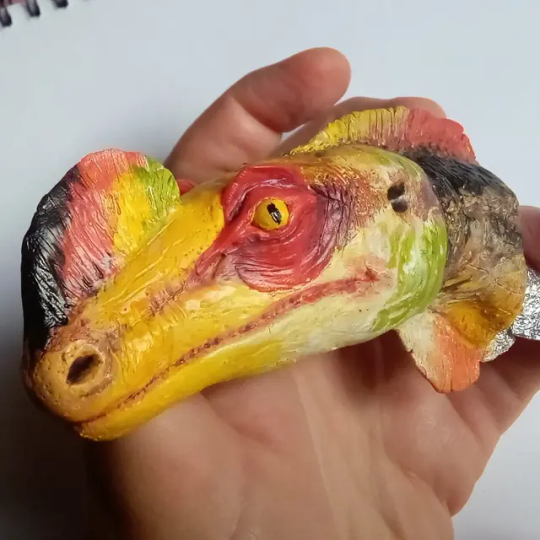
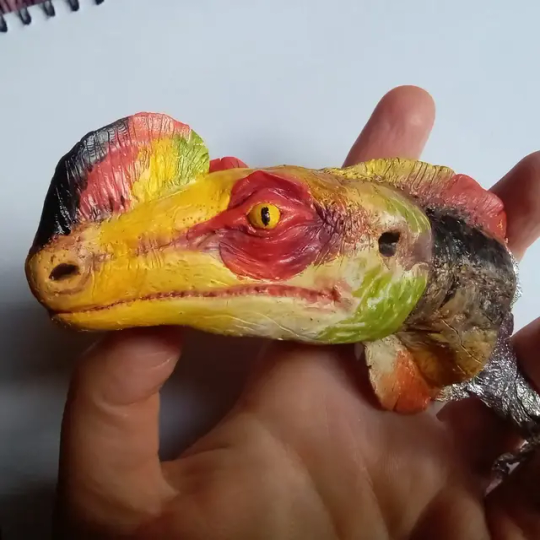
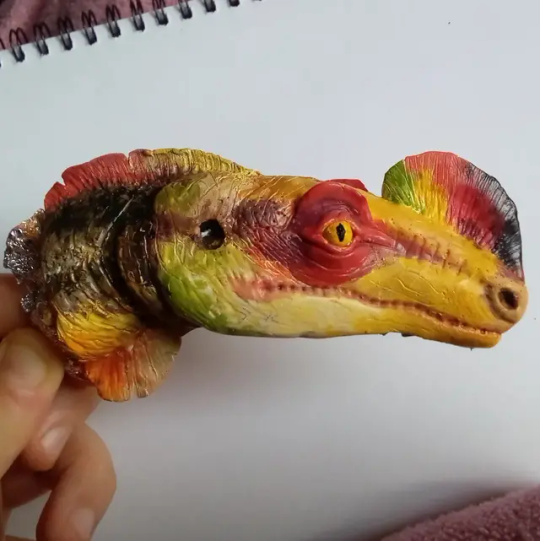

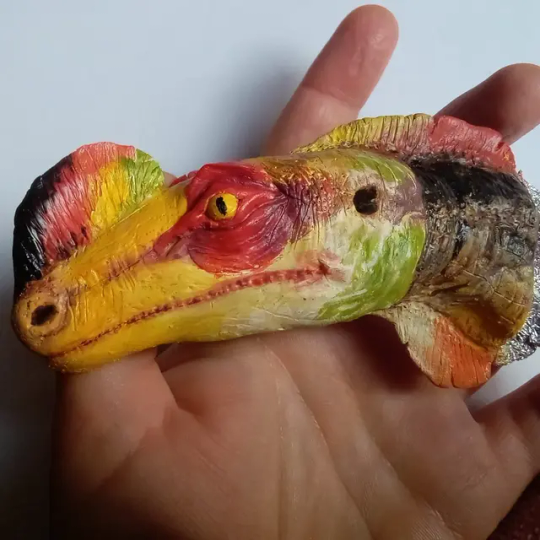



#dragon#dragon sculpture#dragon head#chicken#dino#dinosaur#fantasy#fantasy art#faux taxidermy#art doll#creature#creature concept#polymer clay#polymercreations#polymer sculpture
6 notes
·
View notes
Text
Today I visited the Ossuary in Hythe, Kent, UK with my parents. It was absolutely fascinating and well worth the visit if you are interested in local history (£3 adult entry).


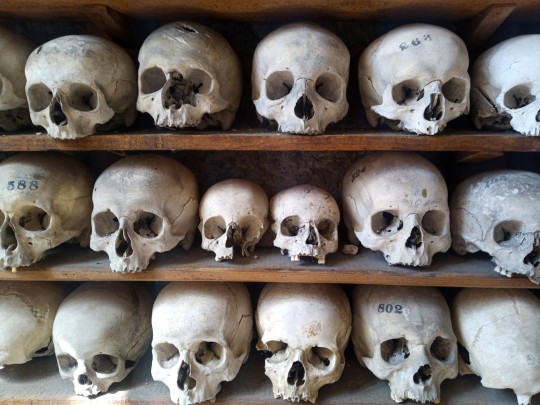


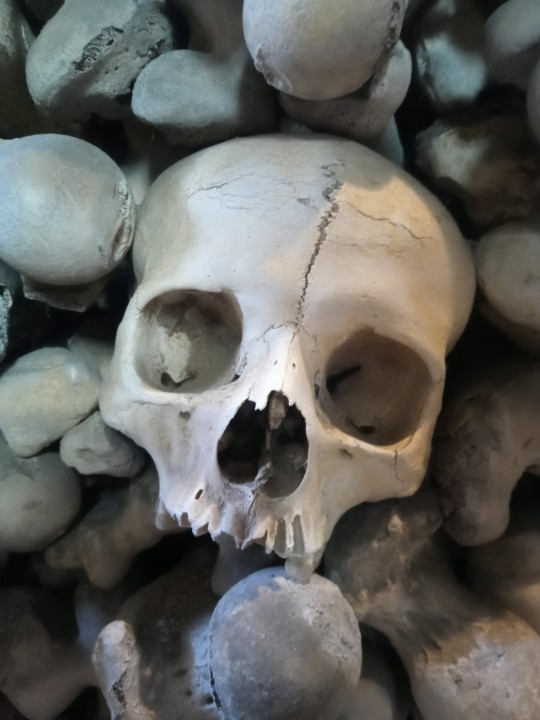
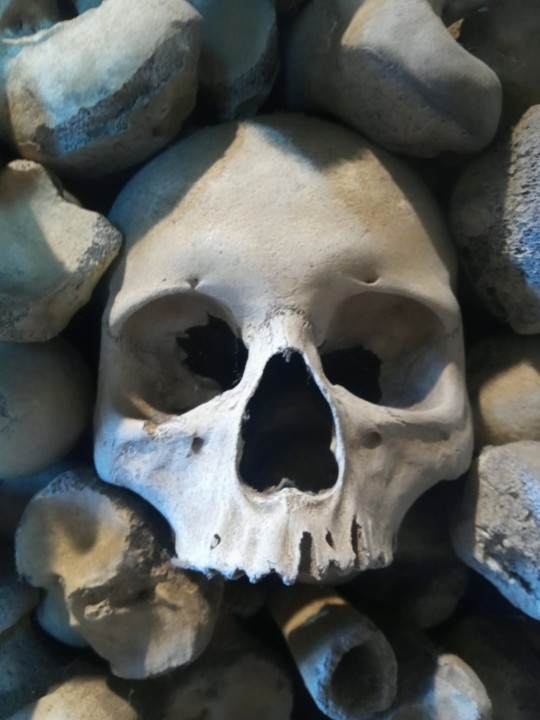

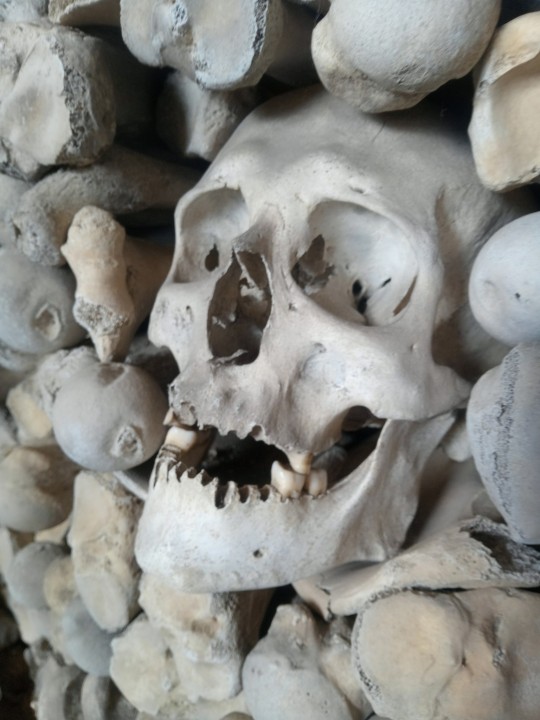

You find yourself wondering about the lives they all lead and who they might have been. Hopefully they are all in a better place regardless.
It is no doubt due to angle and lighting but they all look like they have distinctive personalities and expressions if that makes sense.
#skulls#skull#human skeleton#human skull#bone#bones#ossuary#human remains#history#historic#historical#kent#Hythe#archeology#archaeological#taxidermy#lost stories#skeleton#death
1 note
·
View note
Text
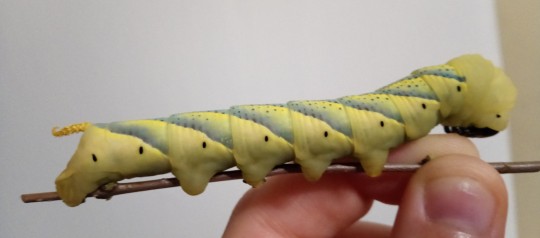



Some after work Instagram browsing brought up an unexpected gem today as it randomly decided to show me some automatons.
I haven't seen any since childhood, where I vaguely recall them featuring on quirky supernatural or spooky shows as creepy curiosities from time to time.
I hadn't realised that they were still made or indeed that they could be made into such beautiful creations. With serenely swimming whales, cantering horses and fluttering birds & insects.
I decided to see if I could make a basic one using bits and bobs from my room. This ended up including black card, scissors, a bamboo skewer from one of my orchids, wire and wire clippers, a thin cylindrical ice cream stick that I saved from a kulfi, and hot glue and my glue gun.
It took a bit of time to wrap my head around the (admittedly very basic) mechanics and the end result is liable to come apart at the seams if I so much as think about turning the mechanism too vigorously. But I am happy with my first attempt.
If I can figure out how to make a less slap dash mechanism then I might make a realistically painted deaths head hawk moth automaton. I am rearing some caterpillars of this species so I am ever so slightly obsessed with them at the moment. You can see the caterpillars at the top of this post and I don't think I am alone in thinking they are absolutely gorgeous little buggers.
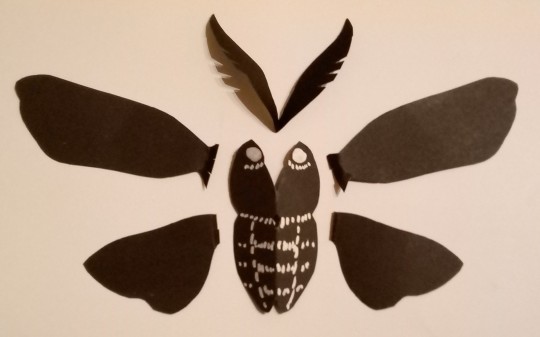
#hawk moth#lepidoptera#automatic#automaton#automata#automatons#insects#insect#moth#puppet#wings#invertebrates#deaths head hawk moth#mechanism#mechanical#caterpillar#caterpillars#creepy#halloween#craft#paper crafts
24 notes
·
View notes
Text
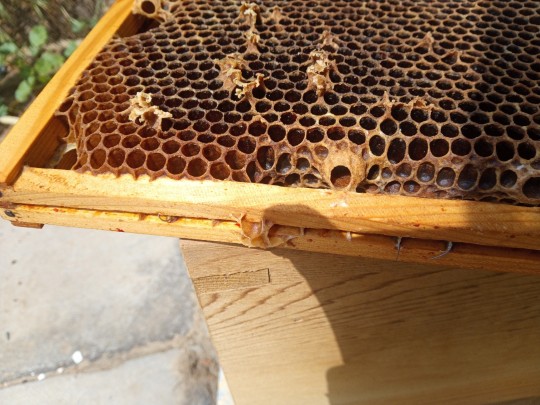
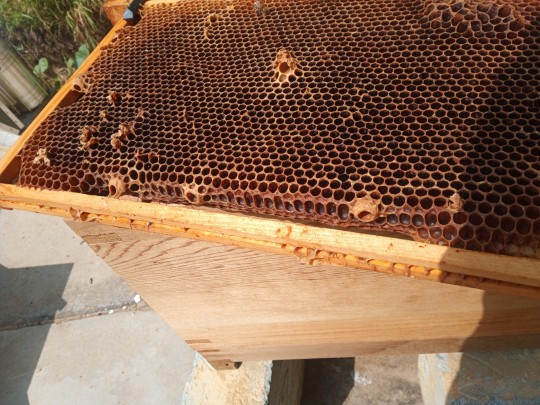

The college I work for has recently got some hives and they kindly paid for me and my colleagues to do an amazing beekeeping course.
This week I did a solo hive inspection for the very first time, as I was the only trained person on site.
It has been a magnificent, if nerve-wracking experience and I can't wait to do it again next week. I am forever petrified of squishing the queen but I will hopefully get more confident with time.
We have one large hive and one smaller one. The large hive is going strong and each week we have to rearrange everything so they don't run out of space. To do this you move empty frames towards the centre of the brood box so the Queen has access to at least 2 empty frames. For some reason she only likes laying eggs on frames near the centre. You also have to check that there's enough space in the supers as this is where worker bee store most of the honey. If the colony doesn't have enough space then the bees start to get agitated and it can prompt a swarm.
The smaller hive unfortunately lost its Queen when it was being delivered to us. So we are currently trying to raise a new one. To do this we moved over a tester frame containing newly laid eggs and some grubs from our other hive. The worker bees then chose the new Queens and built special large cells for them. we knocked down all but one of these to stop a potential swarm. We then left this hive for 3-weeks to give her a chance to emerge and go on her nuptial flight. On this flight she will hopefully have mated with a number of genetically diverse drones. She has around a 30% chance of surviving this and coming back to the hive. We haven't seen her yet but fingers crossed she's there. The workers had started to make play cups indicating that they are dissatisfied with the lack of new eggs being laid. But it does take a while for her to start laying. As we don't know if she survived I put in two new tester frames with eggs and grubs from the other hive. When I do an inspection next week I will need to check for freshly laid eggs and queen cells. If I see new eggs then I know that the Queen survived, but if not and if Queen cells have been produced then we'll have to start the process of raising a Queen again.
The pictures above are from the smaller hive showing some play cups on a couple of the frames. This shows the workers are irritated at the lack of new eggs being laid. One picture also shows the entrance to the hive and one of the worker bees has pollen on their legs. This is apparently an indication that a new queen is present and is about to start laying.
General Bee info:
The Queen has a store of sperm and can control which eggs are fertilised with a little flap. Unfertilized eggs turn into drones (haploid, reproductive males). Fertile eggs turn into either worker bees (usually non reproductive, female bees) or new Queens. She lays individual eggs into each of the cells.
In a healthy hive, drones are only present in the summertime when the hive has reached sexual maturity. In an unhealthy hive the Queen can start laying drone eggs when she runs out of stored sperm. Queenless workers may also start to lay drone eggs.
When the eggs hatch, worker bees feed and nurture the grubbs with honey and variety of different pollen. It is the worker bees that choose what fertile eggs become Queens. The ones they select as potential new Queens are fed a diet of mostly royal jelly and they build larger cells for them. Workers can also choose when new queen's emerge by standing on top of the flap door to their cell. This prevents them from emerging until the workers deem the time is right.
As time progresses grubs get larger and eventually pupate within their cells. The cells are then capped with wax and the pupae starts to metamorphose internally. When the pupa are fully developed they moult and then chew their way through the wax cap. Young bees can be quite light-colored when they first emerge.
Unfortunately I don't have very many pictures of our lovely hives. It is quite hard to take photos with massive gloves on, and the longer you spend faffing around, the more stressed out the bees get. I only got these pictures because I needed to update my colleagues on certain developments. If the opportunity arises again then I will share any photos here as I think bees are really interesting.
#Bee#beehive#bees#apiary#beekeeping#beekeepers#beekeeper#insects#insect#invertebrates#invertebrate#arthropods#arthropod#honey#pollen#hymenoptera#grubs#worker bees#worker bee#queen bee#drone
0 notes
Text
My two hand painted lepidoptera hair clips.
Now with a fancy "aesthetic" background as I had some banana leaves handy.


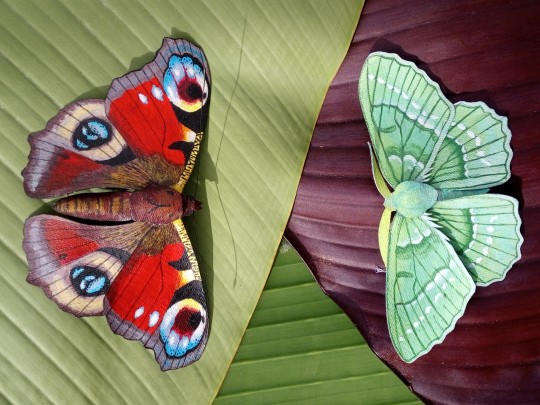

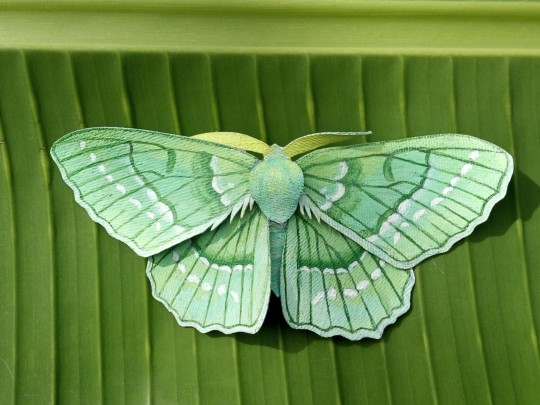
I had to cut some banana leaves down at work yesterday as they were threatening to grow through the greenhouse roof. So I took some pictures before putting the leaves in the avary so the birds could have a nibble.
I made the hair clips out of an old pair of jeans, acrylic paint, hot glue and French barrette hair clips.
I cover the process of making them in a previous post. If you fancy giving it a go, I would love to see what you make.
#butterflies#butterfly#insect#insects#lepidoptera#moth#beautiful#hair accessories#accessories#jewlery#hair clip#butterfly hair clip#moth hair clip#handmade#handmade jewelry#peacock butterfly#large emerald moth#invertebrates#hand made#recycle#upcylced#wings#denim#acrylic paint#butterfly art#moth art#insect art#French barrette#painting#art
1 note
·
View note
Text
My last two atlas moths have emerged from their cocoons. They are beautiful and absolutely fascinating.
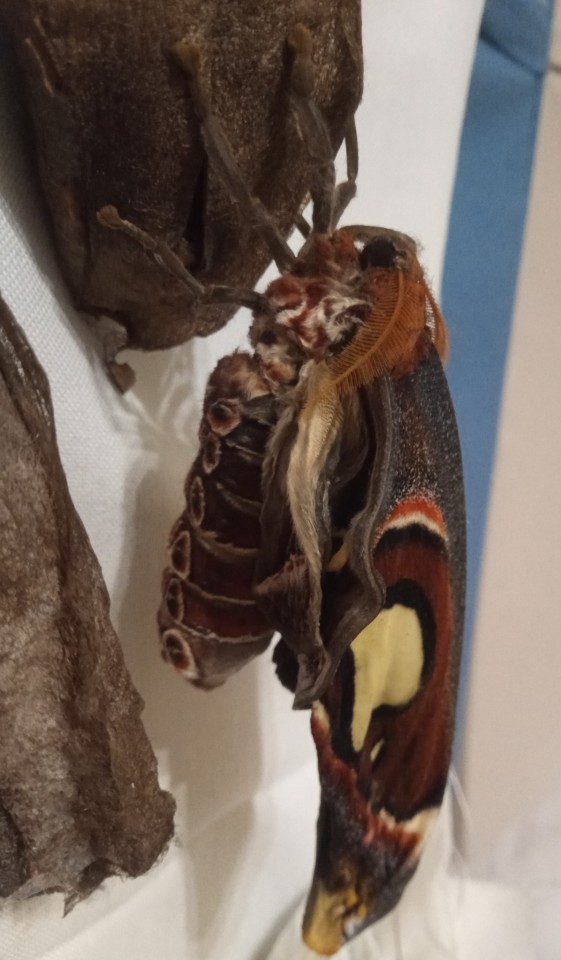




Can you see the snake head markings on the tip of each forewing? They are there to deter potential predators, which I think is pretty neat.
They are absolutely gorgeous, and I am so glad that they have all hatched safely. Unfortunately, I think these two are both female so it looks like I won't be getting any fertile eggs.
One damaged it's hind wing a little when it flew into one of my orchids. It is the only one that has shown any interest in flying and has been having short (approximately 2 min) flights around my room every evening. Finding a new place to lay eggs each time.
#moth#atlas moth#beautiful#insects#lepidoptera#wildlife photography#insect#nature#wildlife#moths#invertebrates#magical#magic#amazing pets#pet#pets#cute pets#cocoon#Attacus atlas#animals#wings#wing#colorful#giant moth#antenna#metamorphosis#inverts#animal#creature#scales
88 notes
·
View notes
Text
Some work acquaintances asked me to make them a butterfly hair clip after they helped me with an open day.

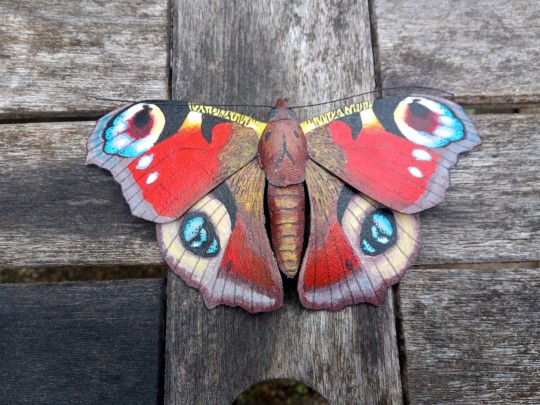


The first requested one based on a large emerald moth and the second asked for a peacock butterfly.
I am quite pleased with them so I thought I would share how they are made on the off chance that someone else wants to give it a go.
What you need:
- Denim or other suitably thick fabric from unwearable old clothes
- PVA glue
- acrylic paint
- embroidery hoop (optional but helps keep fabric flat)
- paper + tracing paper + pencil + scissors
- hot glue
- French barrette hair clip (alternatively you could stick it to a fridge magnet or something else)
How to make:
1. Prep the fabric by cutting a section, securing it in the hoop, then painting it first with PVA then with two layers of white acrylic paint (letting it dry between each application)
2. Find reference photos of desired species, preferably with wide open wings and taken from above.
3. Sketch half of the moth or butterfly onto a piece of paper.
4. Trace each wing separately on to the tracing paper and transfer to the fabric. Then flip and do this again so the wings are mirrored. Also do this for the body
5. Paint with acrylic paint.
6. Cut out and assemble with hot glue.
7. Stick it on to the hair clip (or other item) with hot glue
If you do make one, I would love to see them.
#peacock butterfly#butterfly#butterflies#moth#lepidoptera#large emerald moth#Geometra papilionaria#hair clip#hair accessories#handmade#DIY#craft#butterfly hair clip#moth hair clip#lepidoptera hair clip#acrylic paint#art#beautiful#green moth#Aglais io#wildlife art#insect#insects#jewelry#handmade accessories#handmade jewelry#butterfly jewelry#moth jewelry#insect art
8 notes
·
View notes
Text


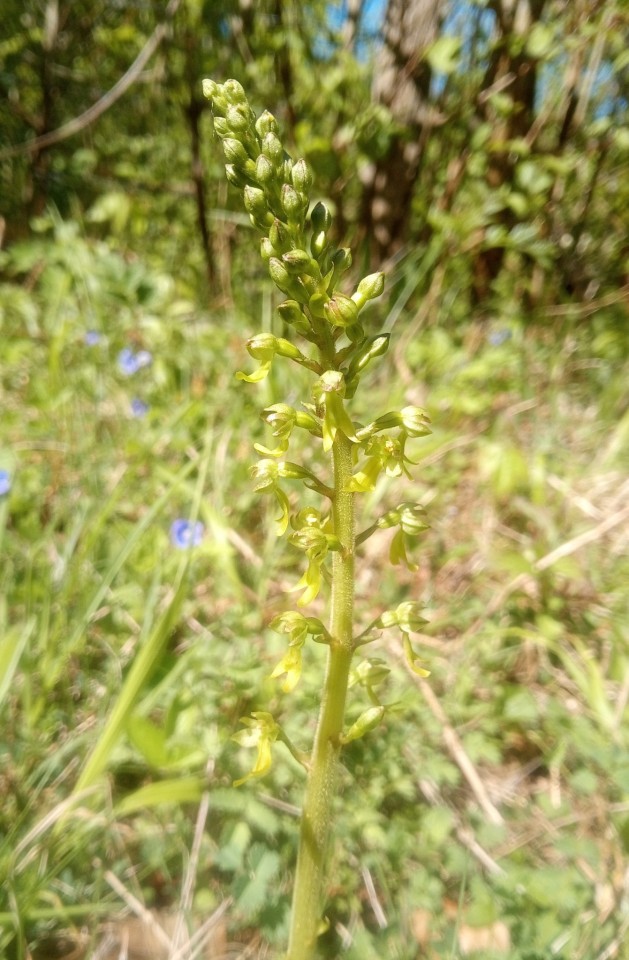

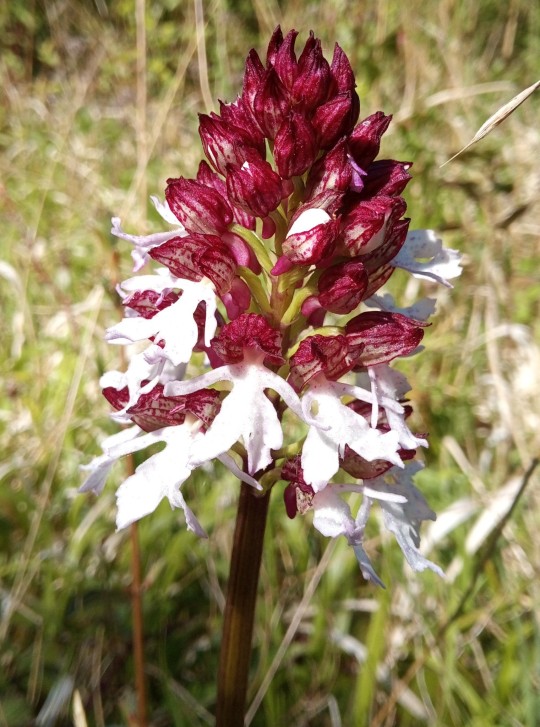
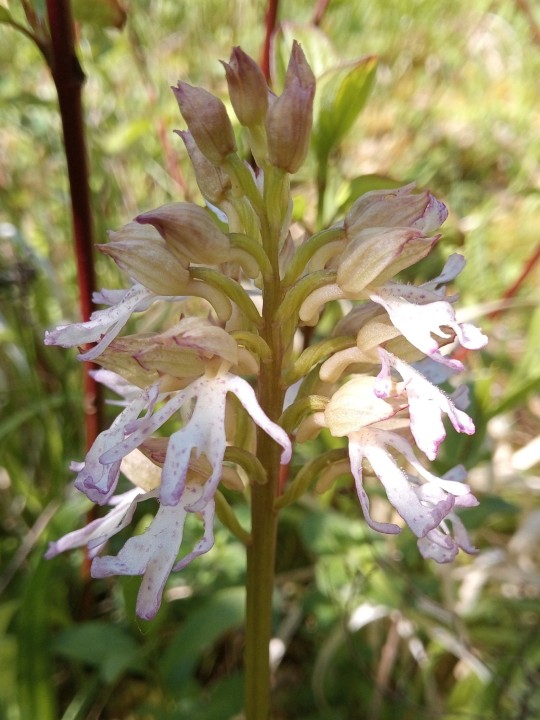




I went along to a guided walk at Denge Wood near Canterbury (Kent, UK). The walk was run by butterfly conservation and we got to see some amazing butterflies, moths, orchids and lizards.
Including the Duke of burgundy butterfly, the green hairstreak butterfly, the dingy skipper, brimstones, orange tip butterflies, lady orchids, early purple orchids and twayblade orchids.
Unfortunately my camera is being mended so I had to take photos on my phone. But you can at least get an idea of how pretty they all are.
I would strongly recommend a visit if you are in the area and I recommend checking out the butterfly conservation website for local walks if you live in the UK as they are free and very informative.
#orchid#orchids#wild orchid#wild flowers#early purple orchid#twayblade orchid#lady orchids#duke of burgundy#butterfly#butterflies#nature#wildlife#wildlife photography#floral#flora#canterbury#kent#uk wildlife#Denge Wood
4 notes
·
View notes
Photo
Is this partial albinism? A few years back I saw a blackbird (common name) with a lot of white feathers (see my picture below) and a quick internet search suggested partial albinism as the reason for this. However a more recent search suggested that partial albinism was not a thing and other genetic mutations are at play.
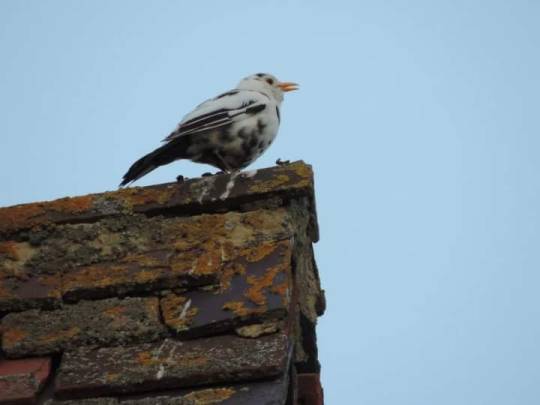
Does anyone have any insight on this?
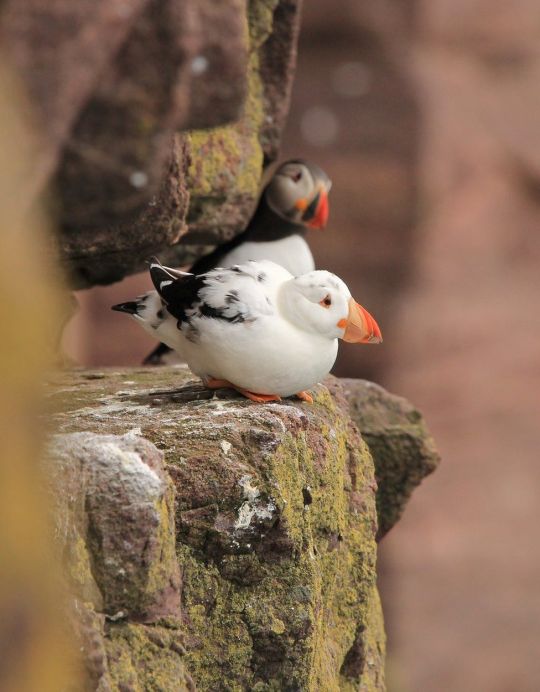
Rare white puffin spotted on Scottish island
The Scottish Wildlife Trust (SWT) said the bird was first seen on Handa Island in mid-June by seabird fieldworker Dora Hamilton.
Photographer: Dora Hamilton

#partial albinism#albinism#albino#albinos#genetic#genetics#mutations#mutation#birds#bird#black bird#wildlife pictures#puffins
3K notes
·
View notes
Text
I attended an invertebrate show with my friends a few months back and ended up picking up four atlas moth cocoons towards the end.
I wasn't sure if they would emerge successfully but yesterday I found the first one sitting on my wardrobe.
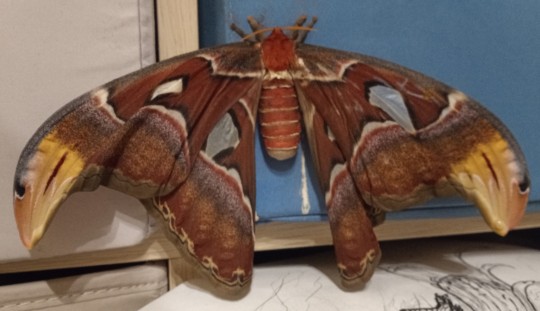
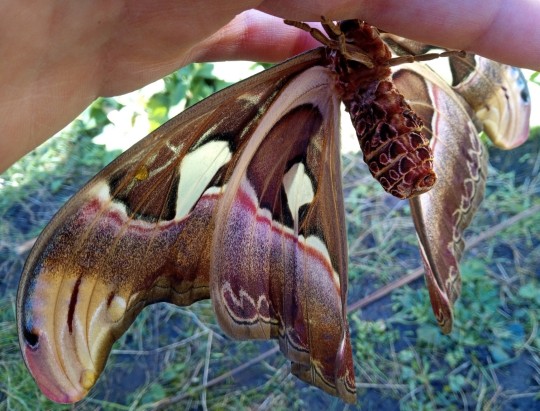
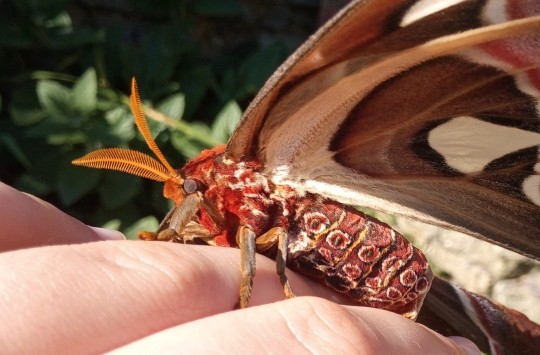
Isn't it beautiful!
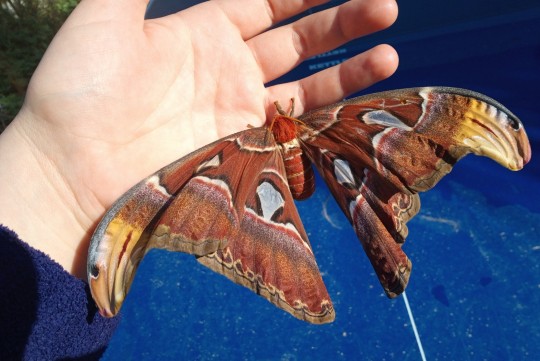
If the others hatch out in time then I will hopefully have some fertile eggs. I really want to see the whole life cycle of these amazing things.
#atlas moth#invertebrates#moth#cute#lepidoptera#insects#wings#pet#pets#cute pets#scales#insect#cocoons#moths#saturniid moth#Attacus atlas#saturniid#amazing pets#butterfly#butterflies#beautiful
299 notes
·
View notes
Text
I went fossil hunting down at the Warren (in Folkestone, Kent, UK) on Thursday last week. These are some of my favourite finds from the trip (I washed them up at home).

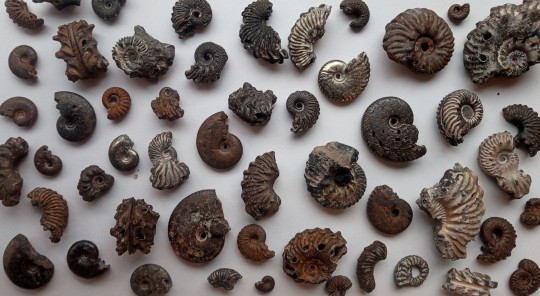
Fossil hunting is great fun. If you live in the UK, and fancy giving it a shot, then there are some really handy websites that you should check out. https://ukfossils.co.uk/ and http://www.discoveringfossils.co.uk/fossil-locations-of-great-britain/
If you don't live in the UK but still want to give it a go then I would recommend looking for local fossil hunting clubs, societies and websites. Failing that you should try to look for areas where sedimentary rocks are being eroded. For instance, cliffs by the sea, rivers, old quarries, etc.
Just make sure you don't trespass or go anywhere too dangerous. For instance, if you are fossil hunting under cliffs at the beach, don't get to close to the cliffs (falling debris and cliffs collapsing) and plan around the tides (you don't want to get cut off).
#Fossils#Fossil#paleontology#nature#extinct#Ammonite#Ammonites#Beach#Beachcombing#Shell#Shells#Cephalopods#Cephalopod#Mollusk#Mollusks#Natural history#Prehistoric#Treasure#Hobbies#Hobby#Fossil hunting#Fossil hunter#Sea#Seaside#Aquatic#invertebrates#pyrite#pyrite ammonites#lustre#metallic
499 notes
·
View notes
Photo
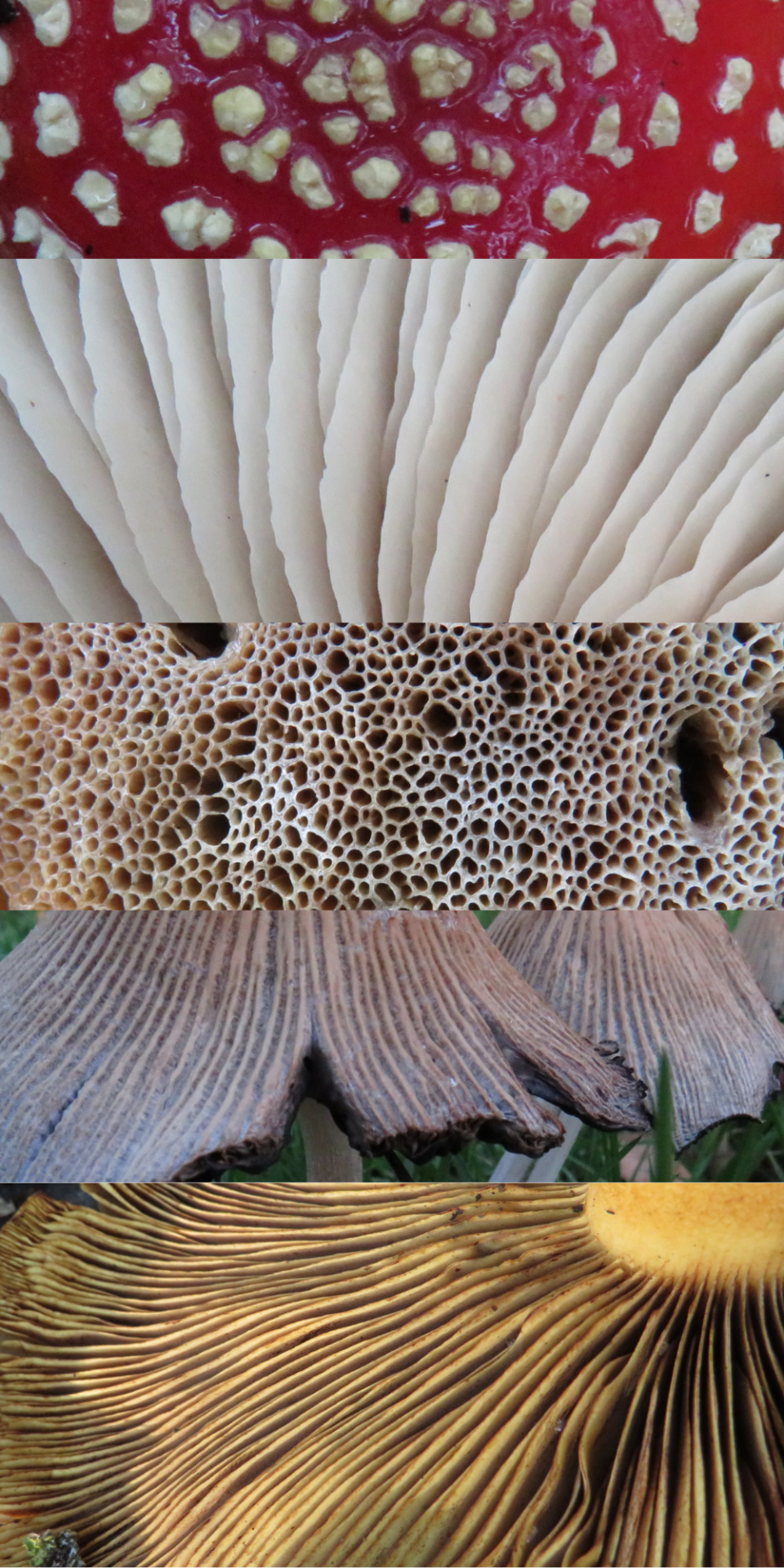
Some wild fungi photos that I have taken this autumn. It always amazes me how quickly the fruiting bodies develop and the immense diversity of forms and colors that they can take.
I will probably be using this account to store photos that I have taken so I can use them later on, for work or in my art. Hopefully others will find them interesting or useful as well. I will avoid posting my art and other unrelated posts here.
The top one is the cap of a fly-agaric (a fairytale toadstool). I don’t know what species the others are but they were all photographed in the southeast of the UK.
#wildlife#wildlifephotography#mushrooms#mushroom#wild fungi#wildlife photography#wildlife pictures#fungi#fantastic fungi#gills#mushroom gills#nature#autumn#fly agaric#photos
8 notes
·
View notes
Photo





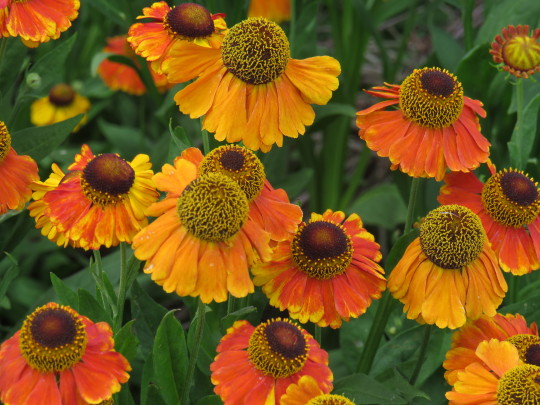
Some of my old photos of orange flowers. They make me feel happy so i thought i would share them.
2 notes
·
View notes